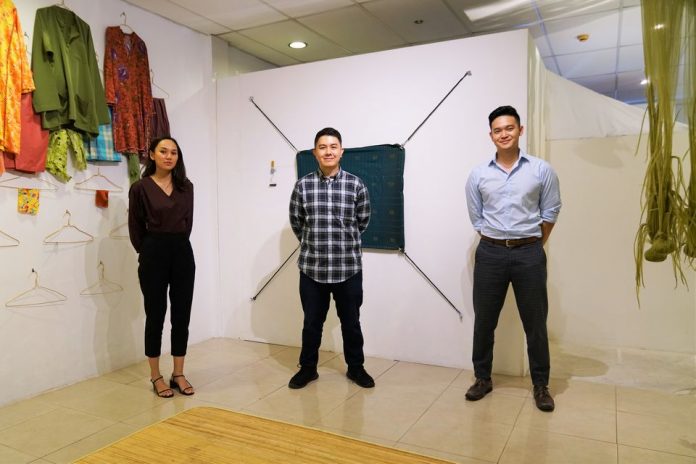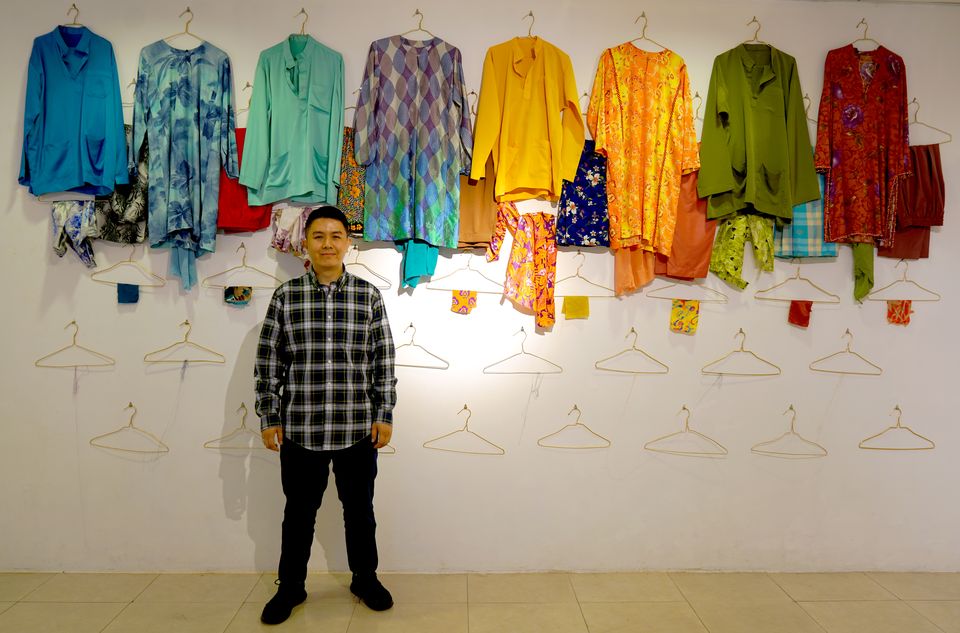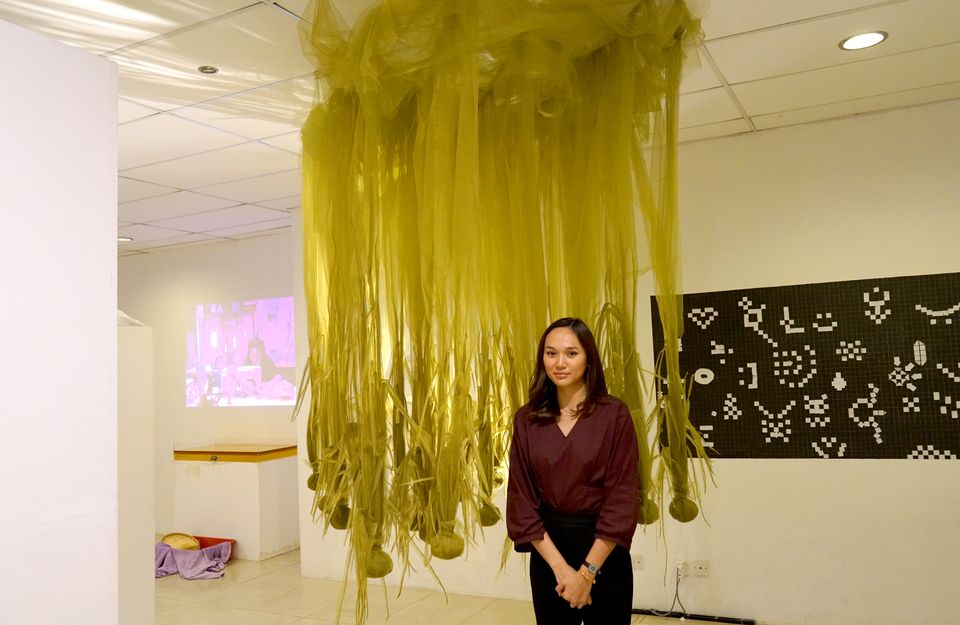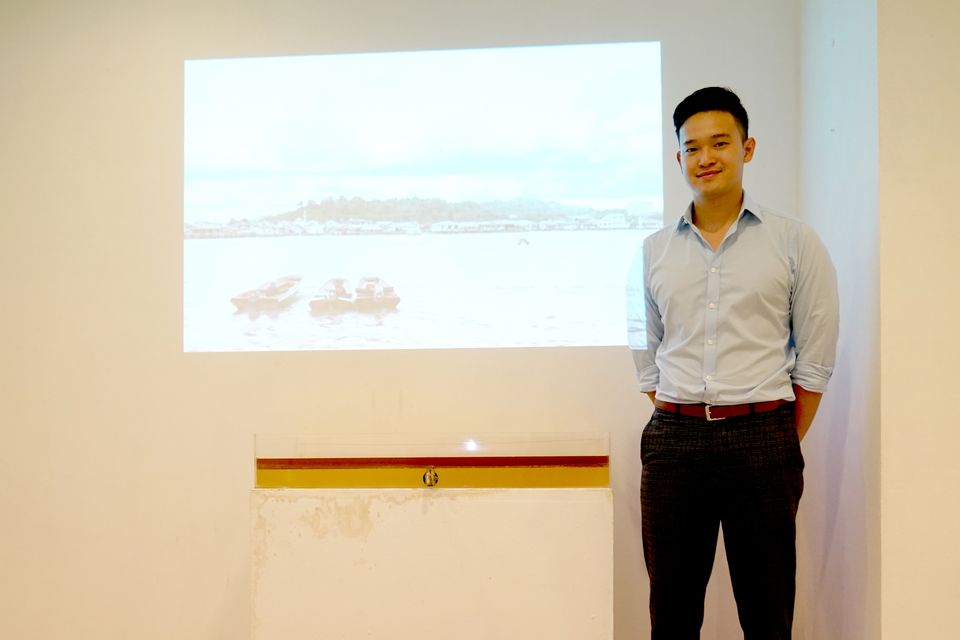
One of Brunei’s few commercial art galleries Creative Space has begun ticketing exhibitions and selling local artists’ work online to stay afloat during the COVID-19 pandemic.
The Sengkurong-based gallery, privately owned and run by veteran artist Hj Osman Mohd and his daughter Osveanne Osman, had been closed since March 15 in line with government directives and returned with their first ticketed entry exhibition Emerge VIII on May 29 followed by Contoh on July 17.
Osveanne said they focused on running their (art) shop virtually – initially conceived to be a physical marketplace at their gallery – during the closure, during which they continued to incur rent.
“We have an exhibition every quarter so Emerge (VIII) was supposed to be in March followed by our seasonal art shop – but we couldn’t do either (physically),” she said.
“We also had to stop our art classes (and workshops) which are also a source of income for us. We still saw some sales (from seven artists) for the (art) shop which we marketed through our Instagram, but it was not on par compared to when we had opened the shop physically.”
With controlled reopening of public and commercial spaces, Creative Space decided to alter their exhibition entrance model, which has typically been free, by limiting the space to five visitors an hour who paid an entrance fee of $16, or $20 for repeat visits.
168 visited Emerge VIII, which saw 15 artists showcase 26 pieces, prompting the gallery to retain the ticketing for their ongoing Contoh exhibition.
Creative Space is also planning the restart their art classes following lifting of restrictions, with the creation of a new platform, separate to their gallery to market classes and other services.
Osveanne envisions the classes to eventually evolve into an “art academy” that will be a significant contributor to their overall business.
Contoh: Pushing conceptual, installation work into Brunei’s art scene

Creative Space’s latest exhibition is an artist-led initiative by Faiq Airudin and Yasmin Jaidin which is exclusively installation-based, which Osveanne says is one of the first of its kind in Brunei.
Contoh looks to explore Brunei’s socio-economic issues of importing, manufacturing and self-sufficiency through art in four installations which each focus on textile manufacturing, rice production and the role of migrant workers, while all sharing the broader backdrop of the country’s reliance on oil and gas.
“The work presented at contoh is very conceptual; it looks to spark deep conversations over the issues it presents,” said Osveanne. “It’s a departure from more aesthetic, painting-based exhibitions that we’ve previously organised.”

Faiq said Contoh is testing the waters in offering a “new creative experience” for the country, where people get to experience art beyond rating its aesthetics and towards providing new “food for thought” for visitors to draw from and debate.
Osveanne said the business model for installation art differs from traditional art pieces like paintings which visitors can purchase. Installations can be commercially viable if they are commissioned by galleries or corporate organisations. They can also raise the artists’ profile to earn them privately commissioned work elsewhere.
“In other countries installation artists are highly sought after for projects by businesses in different sectors from fashion and architecture, or galleries and organisations can pay substantially to have these artists create work for them on specifically themed exhibitions,” said Osveanne.
“In Brunei, the concept (of installation art) itself is still relatively new, so we to try to recoup costs by profit sharing with the artists the ticket revenue.”

Visitors can book viewing slots for Contoh online.











